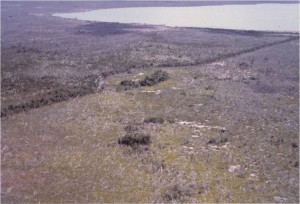 The native people who lived in the Everglades left plenty of evidence behind of their existence. This evidence truly showed the people knew how to manipulate the land and areas around them to ensure their survival as a people. Besides tools, mounds, and tree islands, the native created systems of canals. These canals show the engineering and organization skills these people practiced.
The native people who lived in the Everglades left plenty of evidence behind of their existence. This evidence truly showed the people knew how to manipulate the land and areas around them to ensure their survival as a people. Besides tools, mounds, and tree islands, the native created systems of canals. These canals show the engineering and organization skills these people practiced.
In the Everglades, the Mud Lake Canal is a 3.9-mile aboriginal canoe canal; it is 20 to 30 feet across in width and 1 to 2 feet deep. When in use, the native people used to canal for their canoe travels throughout the Everglades, Ten Thousand Islands, and the Florida Keys. This canal system allowed people to get around without having to travel through the rougher waters that can be found in the Gulf of Mexico.
The canal is considered unique as it connects different bodies of water at different elevations while stretching across all prairies and mangroves.
Mud Lake Canal has been carbon dated and it is believed to have been created in 750-1200 AD. This canal feeds into groups of mounds that were once part of a village where up to 50 people were living; it is believe these people were a Tesqueta village.
In 2006, the Mud Lake Canal became a National Historic Landmark.
The Everglades is full of sights and evidence of life well before modern civilization came to the area. If you enjoy viewing nature, as well as stepping back in time, explore the Everglades for yourself; the area has so much to offer! One of the easiest ways to get around and view the Everglades is through an airboat tour. On an airboat, you can get up-close views of the Everglades’ landscape and vegetation. If you’d like to explore the Everglades, book a trip with Captain Mitch’s Airboat Tours today at 800-368-0065 or click here.
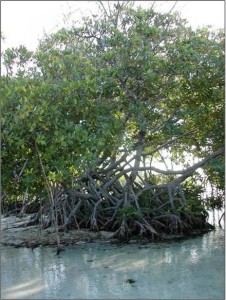 Seeing as it’s been around for years and years, it’s no surprise the Everglades has quite a bit of archaeological heritage within it. Native people have lived in the Everglades long before European settlers came to Florida and began settlements. Below, we’ll share some information with you on shell works, which is one of the archaeological heritage sightings you can find throughout the Park that give visitors insight into the Everglades’ past.
Seeing as it’s been around for years and years, it’s no surprise the Everglades has quite a bit of archaeological heritage within it. Native people have lived in the Everglades long before European settlers came to Florida and began settlements. Below, we’ll share some information with you on shell works, which is one of the archaeological heritage sightings you can find throughout the Park that give visitors insight into the Everglades’ past.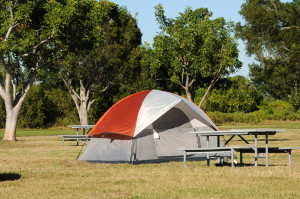 Camping is one of the best ways to experience the great outdoors. But, did you know you can actually go camping in the Everglades National Park? You can! The park offers camping opportunities in both the front country and back country. Visitors are able to go camping year-round, but the wet season (June through November) is a more difficult and uncomfortable environment for camping. If you’re thinking about experiencing this beautiful wetland through a camping experience, remember to come prepared; the park does not provide any camping equipment for people to buy or rent.
Camping is one of the best ways to experience the great outdoors. But, did you know you can actually go camping in the Everglades National Park? You can! The park offers camping opportunities in both the front country and back country. Visitors are able to go camping year-round, but the wet season (June through November) is a more difficult and uncomfortable environment for camping. If you’re thinking about experiencing this beautiful wetland through a camping experience, remember to come prepared; the park does not provide any camping equipment for people to buy or rent.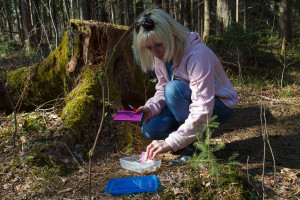 Ever heard of geocaching? Well if you haven’t it’s really fun! It’s a real-world outdoor treasure hunt. What’s even more exciting is that you can do this in the Everglades. In short, geocaching is a game where players have to locate hidden containers (called geocaches) using a GPS-enabled device while sharing their experience online.
Ever heard of geocaching? Well if you haven’t it’s really fun! It’s a real-world outdoor treasure hunt. What’s even more exciting is that you can do this in the Everglades. In short, geocaching is a game where players have to locate hidden containers (called geocaches) using a GPS-enabled device while sharing their experience online.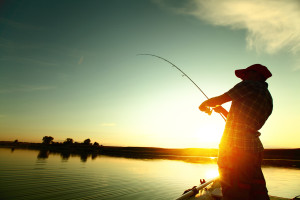 Did you know you can go fishing in the Everglades? You can! Since one-third of the Everglades is water covered, it makes sense that there are plenty of places where fishing would be ideal! In the Park, anglers have the opportunity to catch a variety of fish, including: snapper, redfish, bass, sea trout, and bluegill. Being a national park and in the state of Florida, people must be aware and abide by local fishing information.
Did you know you can go fishing in the Everglades? You can! Since one-third of the Everglades is water covered, it makes sense that there are plenty of places where fishing would be ideal! In the Park, anglers have the opportunity to catch a variety of fish, including: snapper, redfish, bass, sea trout, and bluegill. Being a national park and in the state of Florida, people must be aware and abide by local fishing information. The Everglades is home to an array of plants that thrive in the wet, subtropical climate. Although mangroves and grasses come to many people’s minds when thinking about plant life in the Everglades, we’d like to profile a plant that many people might not know about that is native to the area: the pond apple.
The Everglades is home to an array of plants that thrive in the wet, subtropical climate. Although mangroves and grasses come to many people’s minds when thinking about plant life in the Everglades, we’d like to profile a plant that many people might not know about that is native to the area: the pond apple.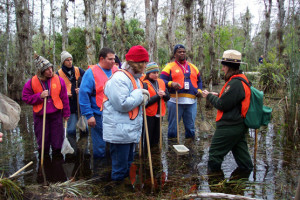 Thinking about heading to the Everglades? Or want to experience it in a different way? Try slough slogging. Ever heard of it? Slough slogging is a great way to experience the Everglades – participants get up close and personal with the environment. In short, slough slogging is a wet hike, or off-trail hiking, in the wetlands in the park with a park ranger.
Thinking about heading to the Everglades? Or want to experience it in a different way? Try slough slogging. Ever heard of it? Slough slogging is a great way to experience the Everglades – participants get up close and personal with the environment. In short, slough slogging is a wet hike, or off-trail hiking, in the wetlands in the park with a park ranger. The Everglades is a beautiful, majestic place perfect for you to explore and enjoy in a variety of different ways. If you’re looking for some extra exercise and a peaceful and enjoyable way to experience the park, you should try biking through Shark Valley.
The Everglades is a beautiful, majestic place perfect for you to explore and enjoy in a variety of different ways. If you’re looking for some extra exercise and a peaceful and enjoyable way to experience the park, you should try biking through Shark Valley.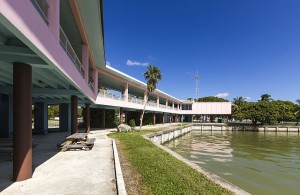 The Flamingo Visitor Center in Everglades National Park was in the running to get a much-needed renovation. The National Trust for Historic Preservation and American Express have teamed up with National Geographic to fix up historic places within national parks across the country, since the National Parks Service celebrates its 100th birthday this year.
The Flamingo Visitor Center in Everglades National Park was in the running to get a much-needed renovation. The National Trust for Historic Preservation and American Express have teamed up with National Geographic to fix up historic places within national parks across the country, since the National Parks Service celebrates its 100th birthday this year.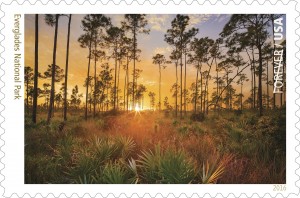 The Everglades is known for many of things, and one of these things is its beauty. Now, the entire country can see this beauty every day if they want. How? A scene of the Everglades National Park will be featured on a forever stamp.
The Everglades is known for many of things, and one of these things is its beauty. Now, the entire country can see this beauty every day if they want. How? A scene of the Everglades National Park will be featured on a forever stamp.





